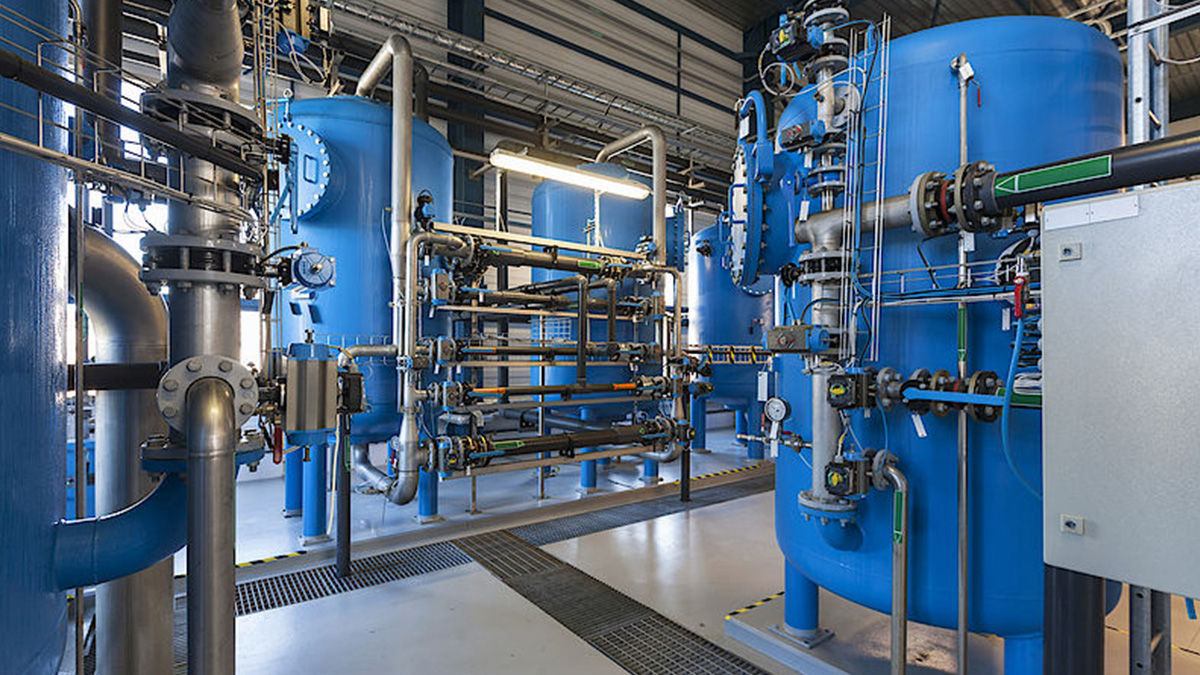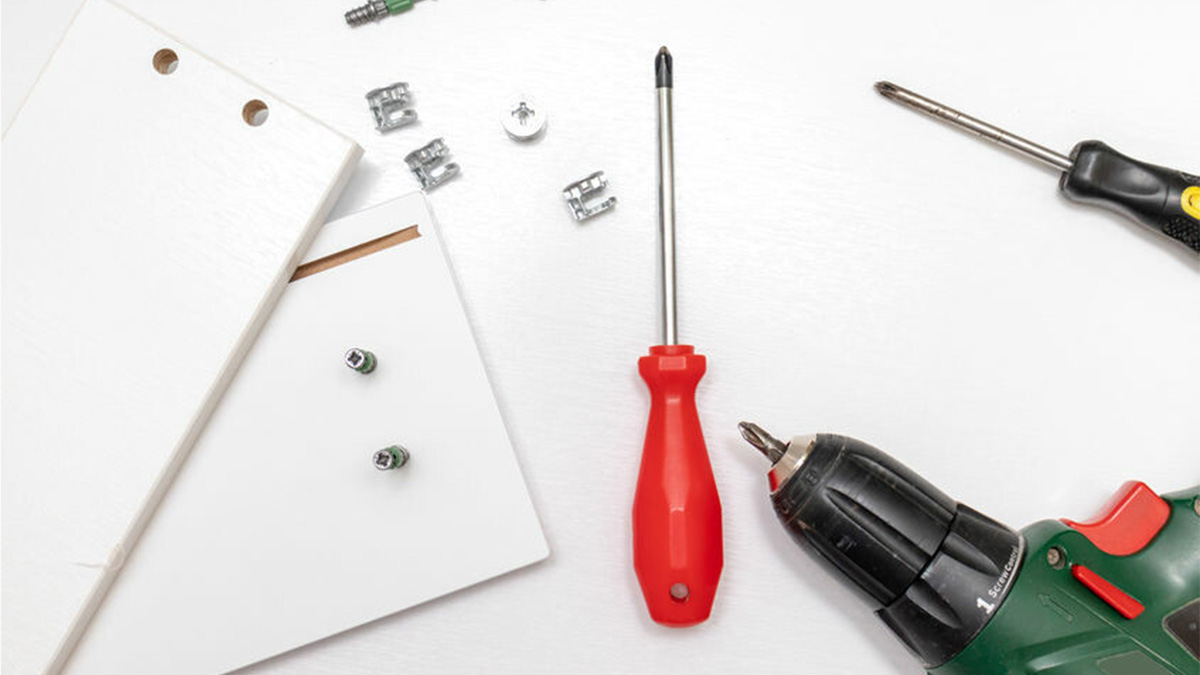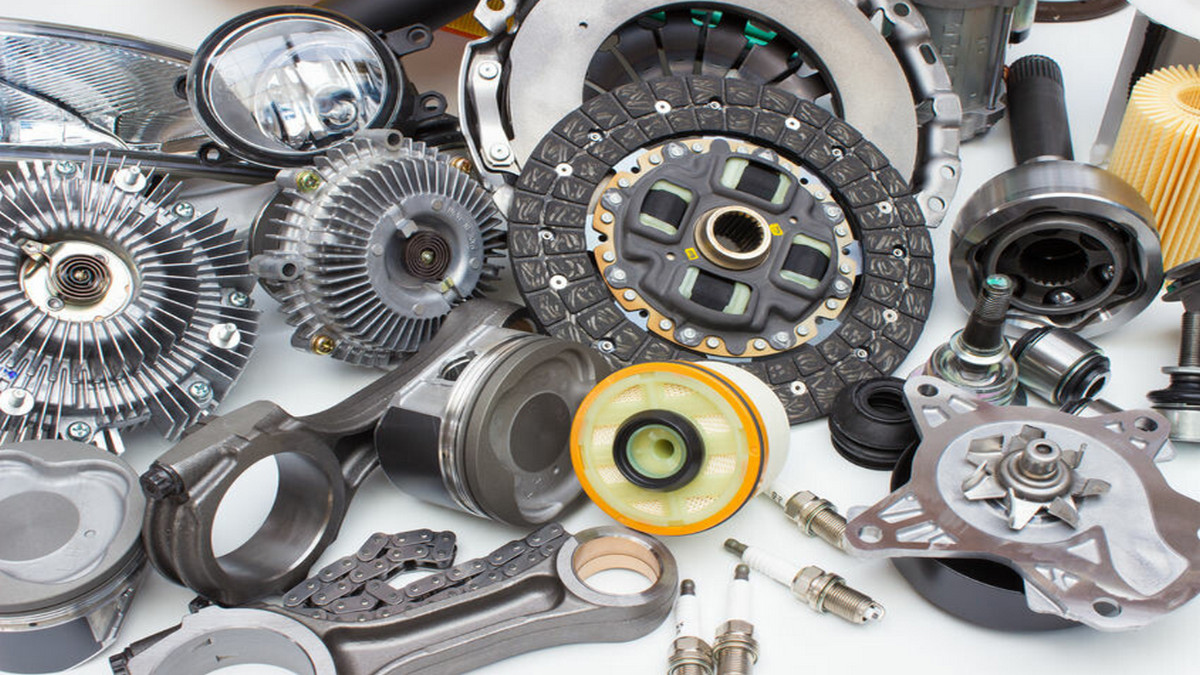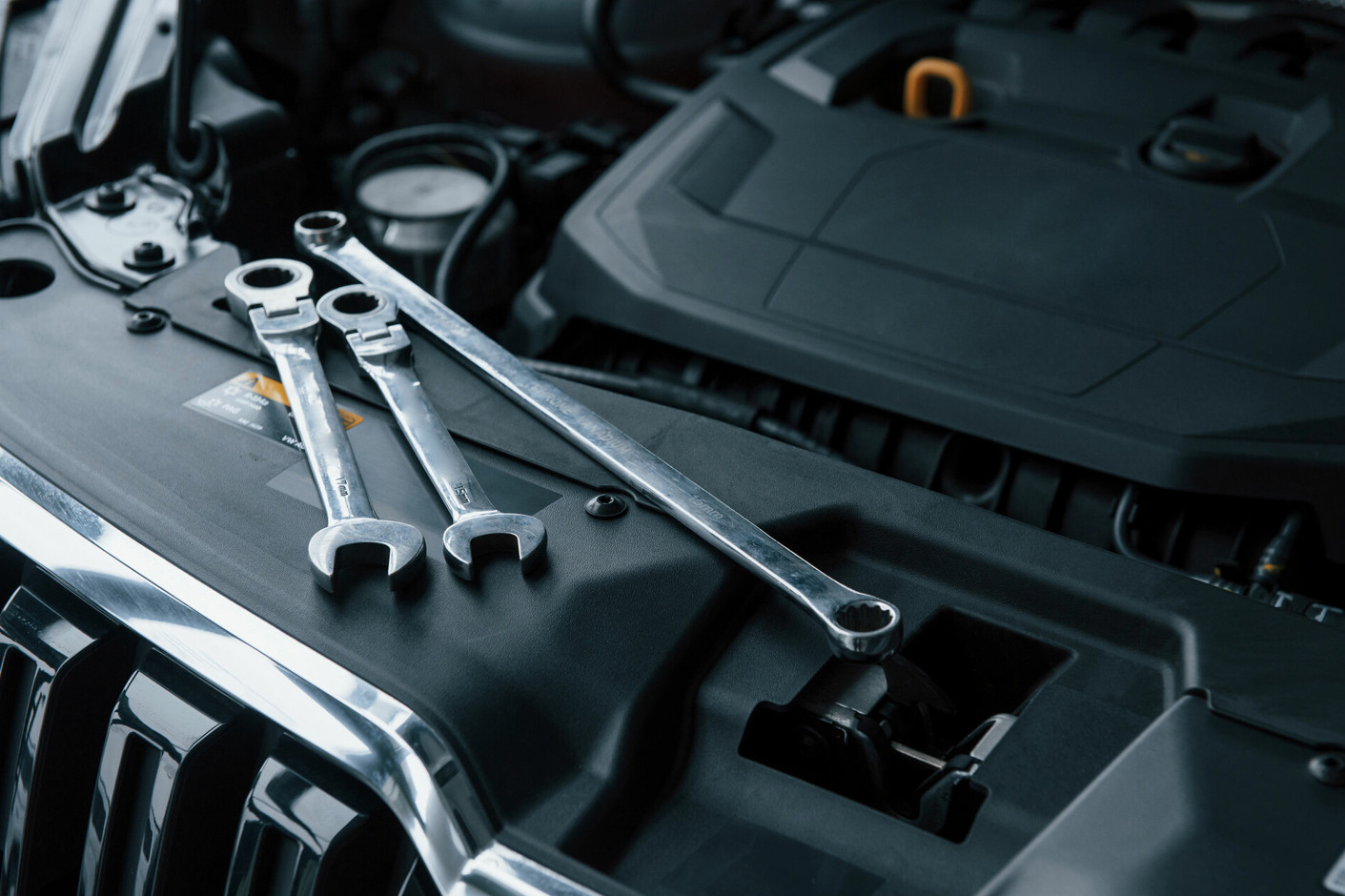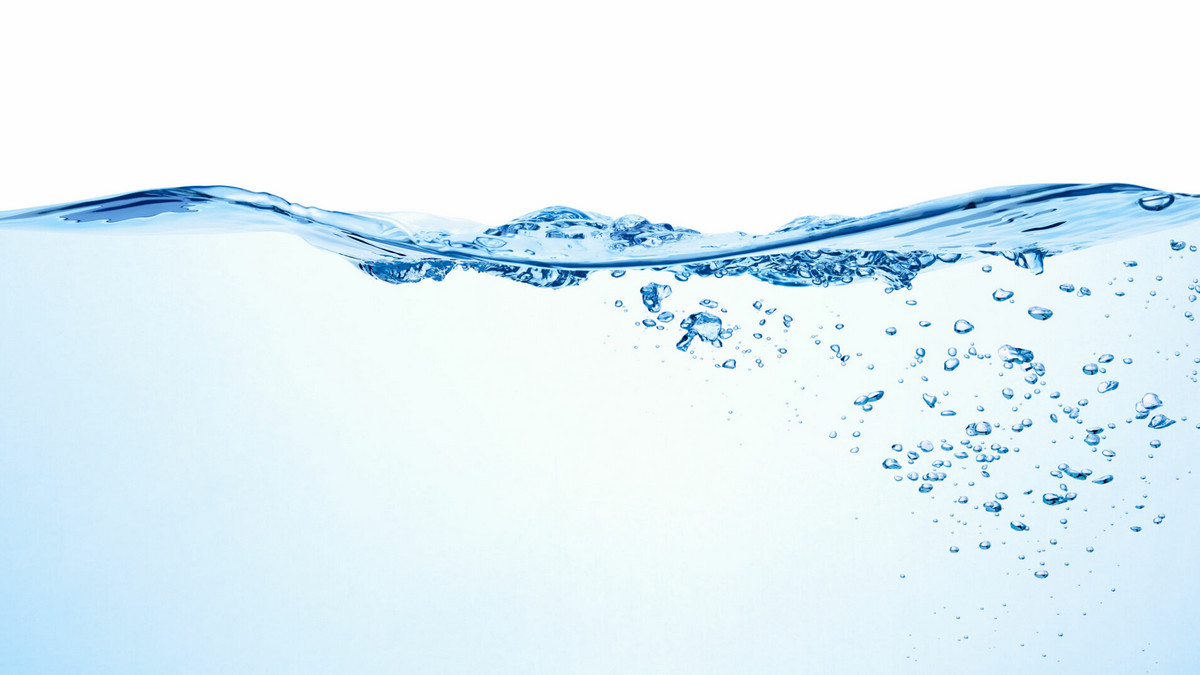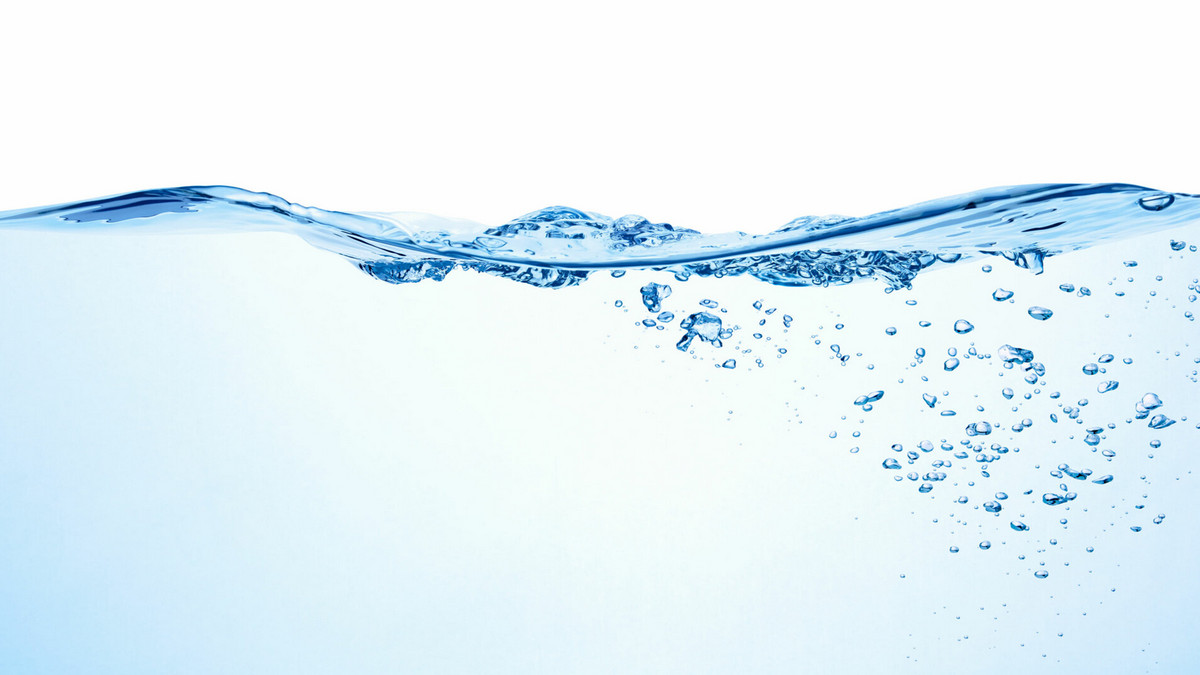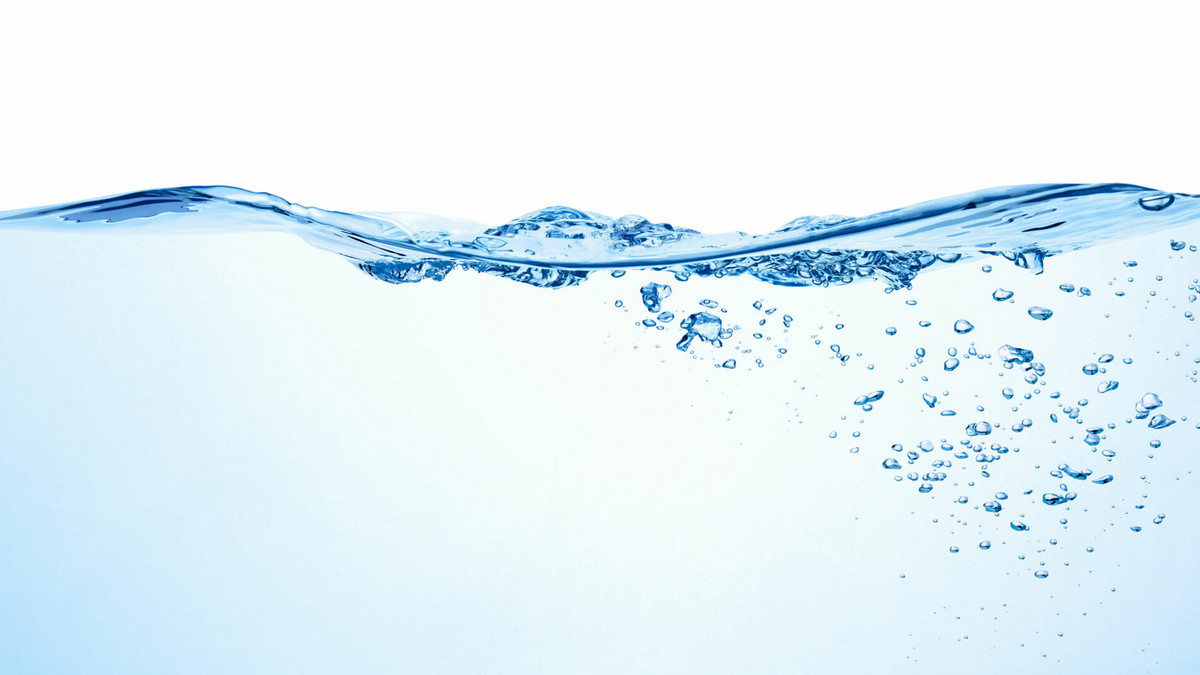A pneumatic drive system is a system that transforms the energy from compressed air into linear or rotational movement. If the inlet air pressure is insufficient to provide the needed force for the work to be done, a booster pump can be added to the system which will increase the air pressure of the system. This is called a pneumatic transmission system.
What are the components of a pneumatic transmission system?
Pneumatic transmission is a system that transmits power and control signals with compressed air as the working medium.
- Air pressure generator:
An air compressor first produces compressed air for the system. In factories and mines with large amounts of pneumatic equipment, the compressed air is often stored at a centralized compressed air station. The compressed air then uniformly distributed to individual gas supply points. - Compressed air, booster system: A device that increases the air pressure.
- Operating units:
These are the devices that convert the energy of the compressed air into mechanical motion. These can be pneumatic pistons that apply force in straight line, or motors that transfer the energy into rotary motion etc.
- Control mechanism:
The control mechanism controls the pressure, flow speed, and flow direction of compressed air so that the actuator can complete a predetermined movement. These include various pressure valves, flow valves, directional valves, logic components (logic valves, jet components), and stroke valves.
- Auxiliary components:
Auxiliary devices are needed to purify, lubricate, silence, and make connections between components of the compressed air system. These include filters, lubricators, and pipe fittings.
What is a high-pressure compressed air booster?
A compressed air, booster system is a new type of device that uses the pressurized air from an existing compressed air source to drive a pump that will increase the output air pressure of the system. The output pressure can be adjusted according to the driving force of the input air pressure. A common setup is to have the output pressure raised to twice the inlet pressure. If the pressure at the output end drops, the booster equipment automatically replenishes the pressure to maintain the desired pressure of the system.
What are the components of a compressed air, high-flow booster system?
The booster system uses a device contains a set of pistons that are arranged in a way that they can convert the air pressure, similar to the way a set of gears can convert the mechanical force or a machine. The booster system uses pure compressed air as the driving power source. Pressurized air from the inlet drives the output air at a pressure proportional to the inlet air pressure. This method is often used for pressurization of air cylinders, and pneumatic piston drive systems, etc.
How does the booster pump work?
When the intake air enters the booster pump, a set of pistons switch back and forth at a very fast speed to increase the output pressure. As the output pressure increases, the reciprocating speed of the piston slows down until the desired output pressure is reached and the pumping action stops. If the output pressure drops, the booster pump will automatically restart to supplement the output pressure.
By adjusting the pressure of the inlet air, a corresponding supercharged air pressure can be obtained. When the driving air source pressure and the boosted air pressure reach a balance, the pneumatic booster pump stops boosting, and the output air gas pressure is stabilized at the preset pressure.
What is the difference between an air booster pump and an air booster system?
The air booster pump is the part of the air booster system that increases the pressure. The complete air booster system also includes the various accessories such as the air storage tank, drain valve, safety valve, ball valve, pressure gauge, high-pressure pipeline, pressure reducing valve, etc.
Applications of air booster pumps:
Air booster pumps are used where ordinary compressors are not able to provide sufficient air pressure for items that require high pressure such as pneumatic actuators, clamping devices for CNC machine tools, pneumatic balers, inkjet printers, CMMs, pneumatic marking machines, pressure vessel testing, air conditioning coil testing etc.
What are the product features of the air booster pump?
- Cost-effective: Compared to the cost of purchasing a large air compressor with its high cost and noise, it is more cost-effective to use an air booster pump to increase the pressure of the air.
- Safe operation: Because it is gas driven, it has no electrical spark, so can be used in dangerous places.
- Automatic pressure maintenance: If the inlet pressure drops, the booster pump will automatically supplement the output pressure, keeping the circuit pressure stable.
- Wide output range: It only needs a small amount of input air pressure to work smoothly. The air intake can be adjusted to obtain the flow rate desired and assure that a minimum flow rate is maintained.
- High output pressure: Maximum gas output pressure can reach as high as 80Mpa.
- Easy to adjust: Within the pressure range of the pump, the regulating valve can be adjusted according to the input air pressure to obtain the desired output air pressure.
- Flexible application: Different output pressure conditions can be obtained by selecting different types of pumps. These systems are energy saving, environmentally safe, pressure adjustable, compact in size, lightweight, simple operating, reliable, and have a wide range of applications.
- Simple maintenance: Its parts and seals are few, and the maintenance is simple.
- Wide range of applications: The system can be used with compressed air, nitrogen, water vapor, natural gas, etc. It is highly reliable, maintenance-free and durable.


